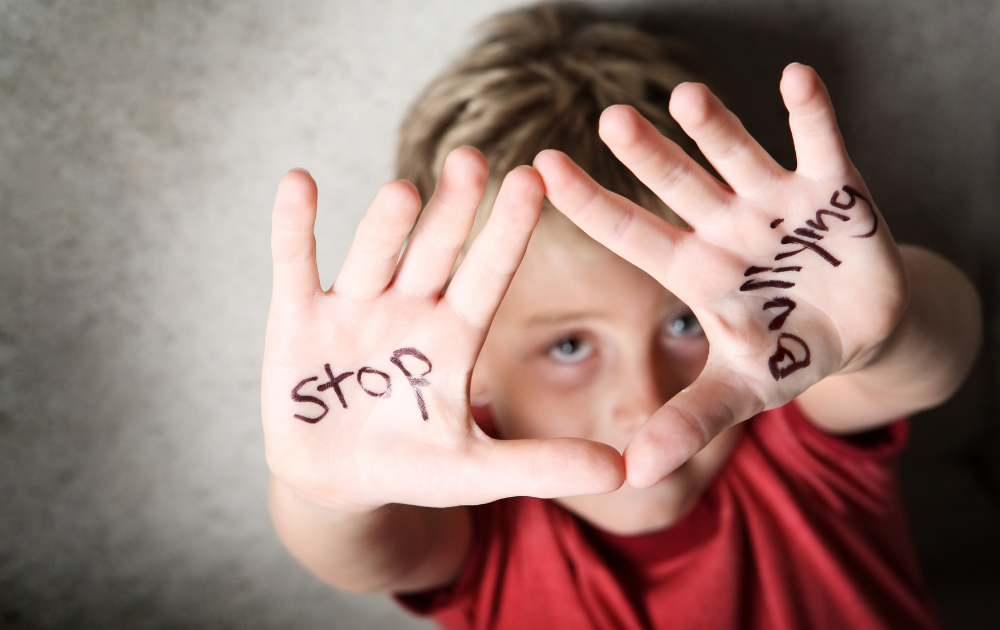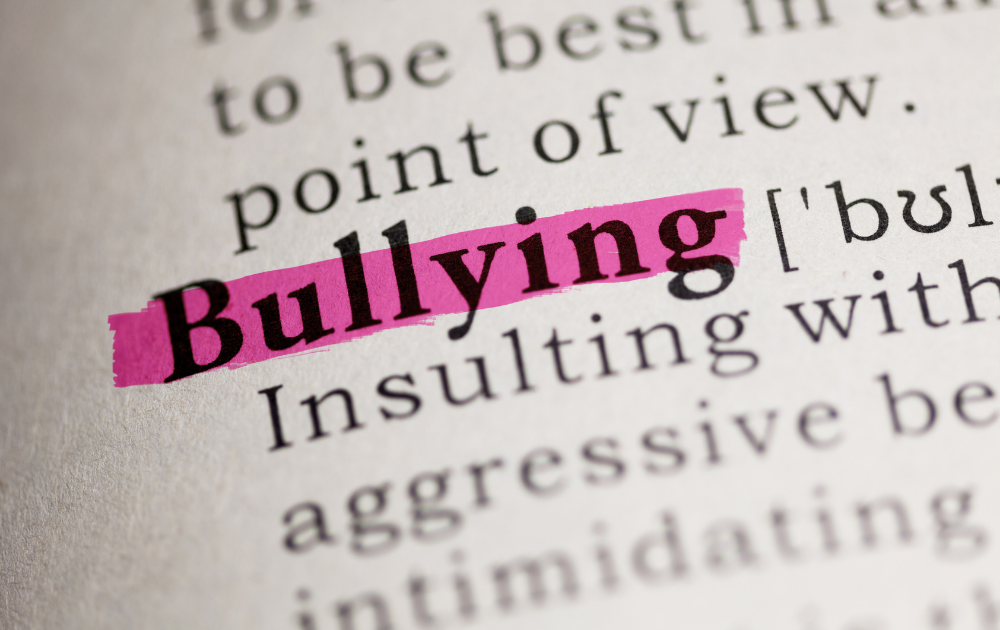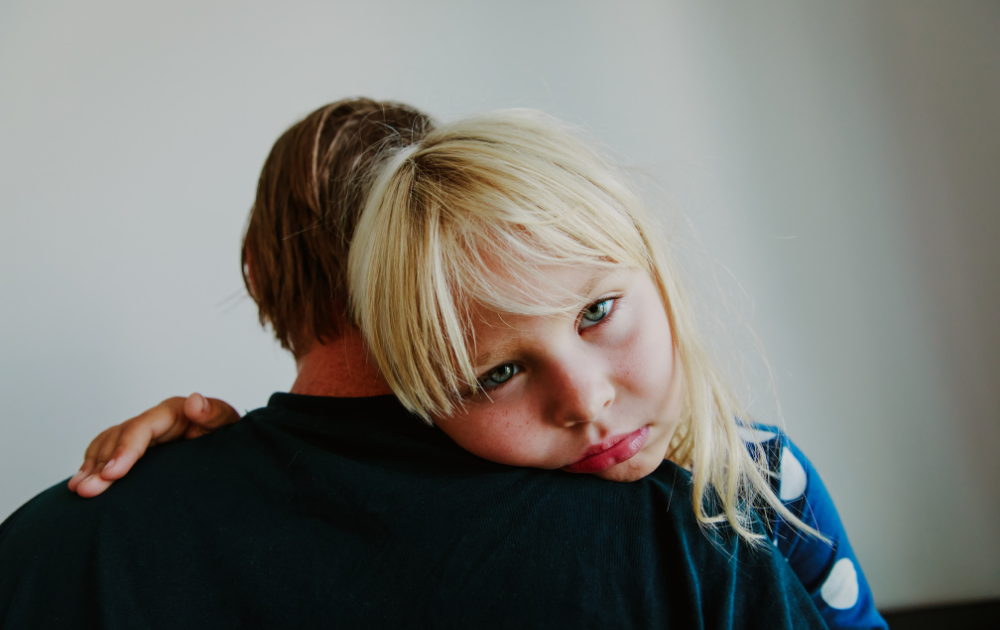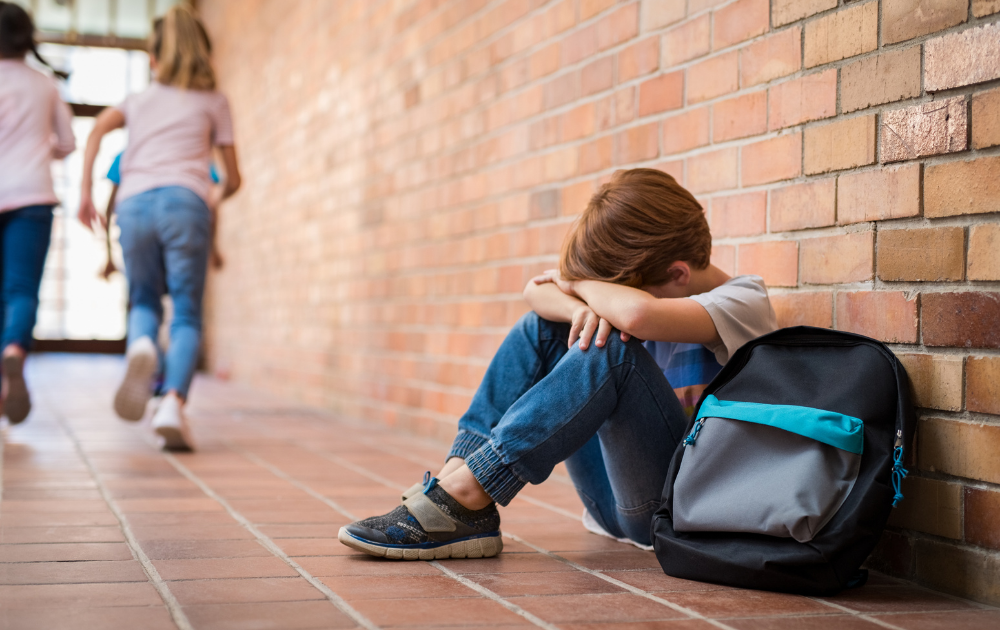
19 Aug How To Teach Your Child About Bullying: Equip Them With Tools For Coping & Assure Them You’re There To Help
Bullying is a hot topic in our culture right now, and for good reason; unfortunately, it is still happening far too often in every part of this country, and parents sometimes feel helpless when it comes to discussing this behavior with their children. Doing just that is vital to the mental health and physical well-being of children, because if they don’t know what bullying is, they won’t know how to deal with it if it happens to them or someone they know.
In this article, we offer suggestions on how to explain the behavior to your child, and – most importantly – offer ideas on how they should deal with it.
How to define bullying:

Naturally, this depends in part on your child’s age, but a simple definition goes like this: Bullying is the practice of verbal, psychological and/or physical abuse between two people. Often they know each other, but sometimes they don’t; your child can become a target of online bullying and not know who exactly is responsible. It’s vital to add that they are not to blame for bullying, because many children imagine that if they just looked different, or were in a different social group at school, they would not have been singled out. That, of course, is never true, and you as the parent must continue to reassure them that the bully is responsible.
1. Talk to an adult as soon as the bullying begins.
Either you, a counselor or a teacher at school are the most effective adults they can reach out to for help. Chances are the bully has behaved this way before, so their teacher may already be aware of the problem. Decide together whether approaching the bully’s parents is the right strategy. In the meantime, tell your child the following:
2. Avoid places where the bullying happens.

For example, if your child is harassed as soon as the bell rings and they’re in the schoolyard, suggest they take a different exit from school and a new route home.
3. Tell them to walk to and from school with a friend

Often children are targeted when they’re on their own. The old saying “there’s safety in numbers” applies in this case. If nothing else, a friend can go and find an adult for help if the bully begins acting out even in the presence of others.
4. Talk, talk, and talk some more.
It’s tempting for parents to suggest that children should, “stand up for yourself.” But bullies should not be responded to in kind; acting in the same manner can lead to more violence and escalating issues. This is, unfortunately, especially true for boys; they get the message, from social media, movies and other forums that “acting like a man” means bearing up under a black eye. It’s up to parents in this situation to reinforce their belief that masculinity is not equal to silent suffering!
How to tell if your child is a victim of bullying:

Are you worried that your child is acting differently but you can’t understand why? Here are some common signs that may indicate they are being bullied:
1. Lack of appetite and sleep.
If your child hasn’t been sleeping or eating, or their behavior has changed markedly in some other way, they may be a victim of bullying. At the first sign, start the conversation and find out what’s happening.
2. Their grades are slipping and they’ve lost their focus.

If your former A+ student has suddenly plummeted to a C-, it could be a sign they are being bullied at school. The same is true if they don’t want to participate in extracurricular activities anymore. Any sudden change like these may be a sign they’re a victim.
3. Unexplained bruises, or marks they try to hide.
If your child comes home with a black eye, obviously you’ll demand an explanation. But some bullies know how to make less obvious wounds, like a kick to the stomach that’s covered by clothing. If your child’s explanation of how they got hurt seems dubious at best, talk to them until the truth comes out.
4. They never want to use their laptop anymore.
It sounds contradictory, we know, but if a child is turned off social media, there may be a suspicious reason. When a former computer-loving teen decides to scrub their social media accounts, there may be someone targeting them online.
Unfortunately, in our digital world, there are plenty of avenues bullies can find for hurting children without ever being in the same room as they are.
But whether it’s happening online or in the real world, children need to be equipped to deal with bullying. Most importantly, they need to know it is never their fault, and that you are there to help put a stop to it.
Parents can’t assure children they will never fall prey to a bully. But they can assure them they will always be there to protect them from the harmful consequences, and help them heal.